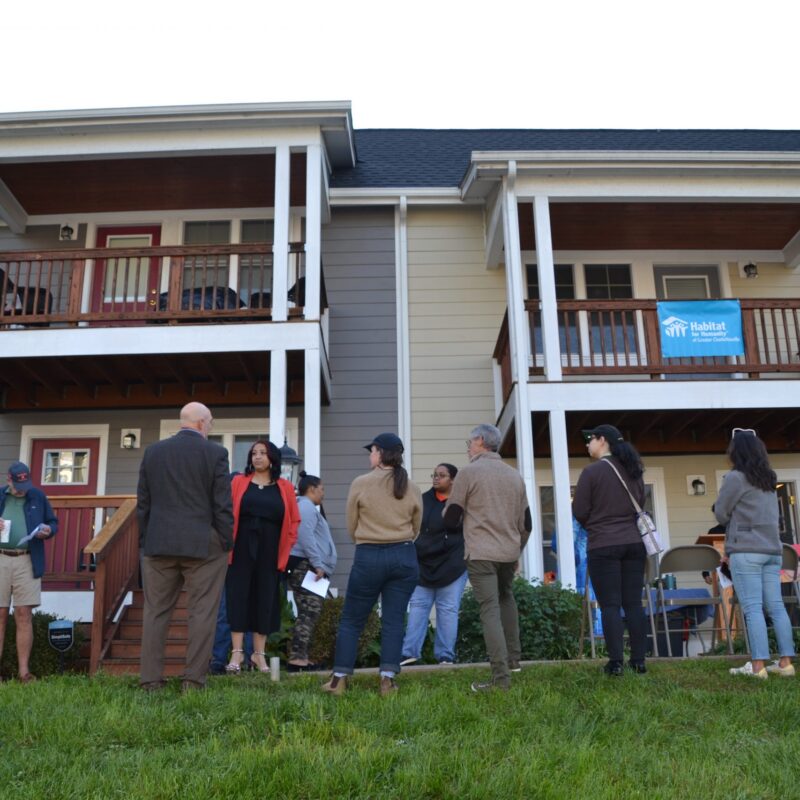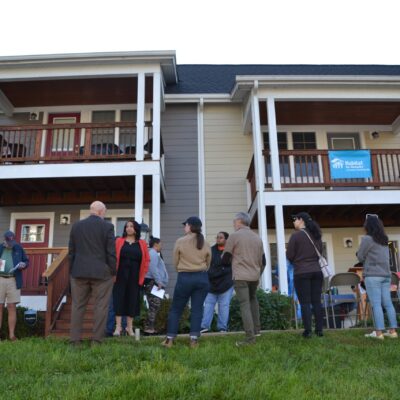When I walked into the Albemarle Charlottesville Regional Jail on March 21, I was in for a surprise. I was armed with a list of general questions about the black market—mostly street prices for drugs and prostitution—but had no idea who I’d be interviewing. A jail administrator had set me up with an inmate who he promised would be knowledgeable about the streets.
She turned out to be a 23-year-old, locked up for larceny—a felony, since it was her third such charge. “Anita” (not her real name) did know a fair amount about drug prices. More interestingly, within 10 minutes of shaking her hand, I’d stumbled over a sector of the black market that none of us at C-VILLE had even known about: boosting.
 The key to successful shoplifting, Anita said, was limiting her time in stores: no more than 15 minutes in Old Navy, no more than five in a pricier place like Banana Republic. |
In essence, boosting is shoplifting for resale. And Anita had made up to $1,000 in a week as a professional booster—of clothes, mainly. Her territory: chain stores like The Gap, Old Navy, Macy’s and Nordstrom, located in Charlottesville, Richmond and elsewhere. Her customers: regular clients, with steady jobs, who bought Anita’s stolen clothes as often as once a week. “I had three customers that work for State Farm,” Anita told me. “They like to dress up.” Every time the women got their paychecks, Anita said, they’d place an order for clothes from stores like Lerner and Express. Anita would shoplift the clothes and then sell them to her clients for half their retail price.
Another client was even more lucrative. Since Anita was in the habit of getting her hair done weekly for $25, she made a deal with her hairdresser: Anita would walk into the appointment with $100 worth of stolen clothes and household goods. She’d walk out with her hair done, plus $25 in cash: a $50 take at, again, half the retail price. “She would shop in advance,” Anita remembered, picking out what she wanted and giving Anita a list. “She wanted the whole ‘palm’ set” from Bed, Bath & Beyond”—soap dishes, hand towels and so forth. “That was a big order.” Between kitchen and bathroom “palm” items, it came to about $250. Their transactions went on for about three years.
The hairdresser, like other clients, often requested clothes for her kids. “I had one mom that, every season, I would get her child her wardrobe,” Anita said. This client had been an acquaintance when Anita approached her. “I seen her in the store one day,” she said. “I told her, ‘It ain’t no need to buy that; I’ll get it for you half price.’” The client was studying to be a licensed practical nurse and was married to a construction worker. Others, like the State Farm employees, were in more white-collar fields. “I had one [public school] teacher,” Anita said. Buying boosted clothes scared this woman, but as Anita observed, “obviously she wasn’t that scared.” Clients would mostly meet Anita in public places—parking lots, the mall—to make the handoff.
I asked Anita how she got away with this much theft. Easy, she said: Grab one of the store’s own logo-printed bags from behind the counter. “What about security tags?” I asked. “Just rip them off,” she replied simply. Even the beige plastic ones pop off—“like a bottle cap,” she said. “I chipped my tooth on one of those.” Wire cutters took care of metal chains on the leather coats at Wilsons.
Limiting her time in the store was important too: no more than 15 minutes in Old Navy, no more than five in a pricier place like Banana Republic. And she used disguises. “I would put on a wig,” she said. “If things started getting hot, I’d take it off, take off one shirt [revealing another underneath], sit there and watch the security guards go crazy.”
In a strange way, it seems that Anita had relationships with stores just as much as she had relationships with her clients. She kept track of employees’ schedules to avoid being recognized; she changed her disguises. She was aware of being watched. “A store don’t want to charge you with [stealing] one thing,” she said. “They want you to hang yourself”—to get caught with a big haul, resulting in heavier penalties.
Anita worked various legitimate, low-paying jobs during the years she was into boosting. She drew a clear line: Boosting was a way to make extra money, especially for buying cocaine, and working was for supporting herself and her son (now 2 years old). In fact, Anita said, working hard for low wages only to spend them on drugs was like “hustling backwards.”
I think Anita was telling me the truth about her activities, but of course, I’ll never know for sure. It does appear that boosting, though virtually unknown in mainstream society, is a real phenomenon. As Anita and I talked, my colleague Toby Beard was in another room at the jail, interviewing a longtime local cocaine dealer who referred, more than once, to “professional boosters.”





